Hydropower has long been recognized as one of the most effective renewable energy sources, leveraging the natural flow of water to generate electricity. As the world grapples with climate change and the need for sustainable energy solutions, the future of hydropower appears promising, although not without challenges. This article explores the potential of hydropower in the renewable energy landscape, highlighting its benefits, innovations, and the issues it faces.
1. The Current State of Hydropower
Hydropower is currently the largest source of renewable electricity globally, accounting for about 16% of the world’s electricity production and more than 60% of all renewable electricitylayers in the hydropower sector include China, Brazil, and the United States, with China’s Three Gorges Dam being the largest hydroelectric power station in the world. Despite its prominence, the industry faces increasing scrutiny due to environmental and social concerns associated with large dam projects.
2. Advantages of Hydropower
Renewable and Reliable: Hydropower is a renewable energy source that provides a stable and predictable electricity supply. Unlike solar and wind, which can be intermittent, hydropower can deliver continuous energy generation, particularly from large reservoirs that can be managed to meet demand.
Low Greenhouse Gas Emissions: Once established, hydropower plants produce very low levels of greenhouse gas emissions compared to fossil fuel sources. This makes hydropower a crucial player in reducing overall carbon emissions in the energy sector.
Water Management and Flood Control: Many hydropower projects offer additional benefits, such as water storage for irrigation, flood control, and recreational opportunities. Reservoirs created by dams can help manage water resources more effectively in drought-prone areas.
3. Innovations Driving the Future of Hydropower
The hydropower industry is evolving, with several innovations aimed at enhancing efficiency, reducing environmental impact, and expanding its applicability:
Small-Scale and Run-of-River Hydropower: There is a growing interest in small-scale and run-of-river hydropower projects, which have a lower environmental footprint compared to traditional large dams. These projects can provide localized power solutions, making them particularly valuable in remote or rural areas.
Pumped Storage Hydropower (PSH): PSH systems act as energy storage facilities, using excess electricity to pump water to a higher elevation for later use. This technology not only helps in balancing supply and demand but also enhances grid stability, especially as variable renewable sources like wind and solar become more prevalent .
Env Mitigation Technologies: Innovations such as fish-friendly turbines and better dam designs are being developed to minimize the ecological impacts of hydropower projects. These technologies aim to protect aquatic ecosystems and improve fish migration routes .
4. Challen Hydropower
Despite its many advantages, hydropower faces significant challenges that must be addressed to secure its future role in the renewable energy sector:
Environmental Concerns: Large hydropower projects can disrupt local ecosystems, displace communities, and alter water quality. The construction of dams can lead to habitat loss and affect biodiversity, prompting calls for more sustainable practices .
**Climate Change Impacting precipitation patterns and drought conditions can affect water availability for hydropower generation. This variability can impact the reliability of hydropower as a consistent energy source, necessitating adaptive management strategies .
**Regulatory and Public Oppositiopower projects often face complex regulatory environments and public opposition, particularly in regions where environmental and social impacts are significant. Engaging stakeholders early in the planning process can help mitigate these challenges .
5. Conclusion
As the demand for renegy continues to grow, hydropower remains a critical component of the global energy mix. With ongoing innovations and a focus on sustainable practices, the future of hydropower looks bright. By addressing environmental concerns and embracing new technologies, the hydropower sector can enhance its role in combating climate change and providing reliable, clean energy. As countries seek to harness the flow of water for electricity generation, the potential for hydropower to contribute to a sustainable energy future remains significant.

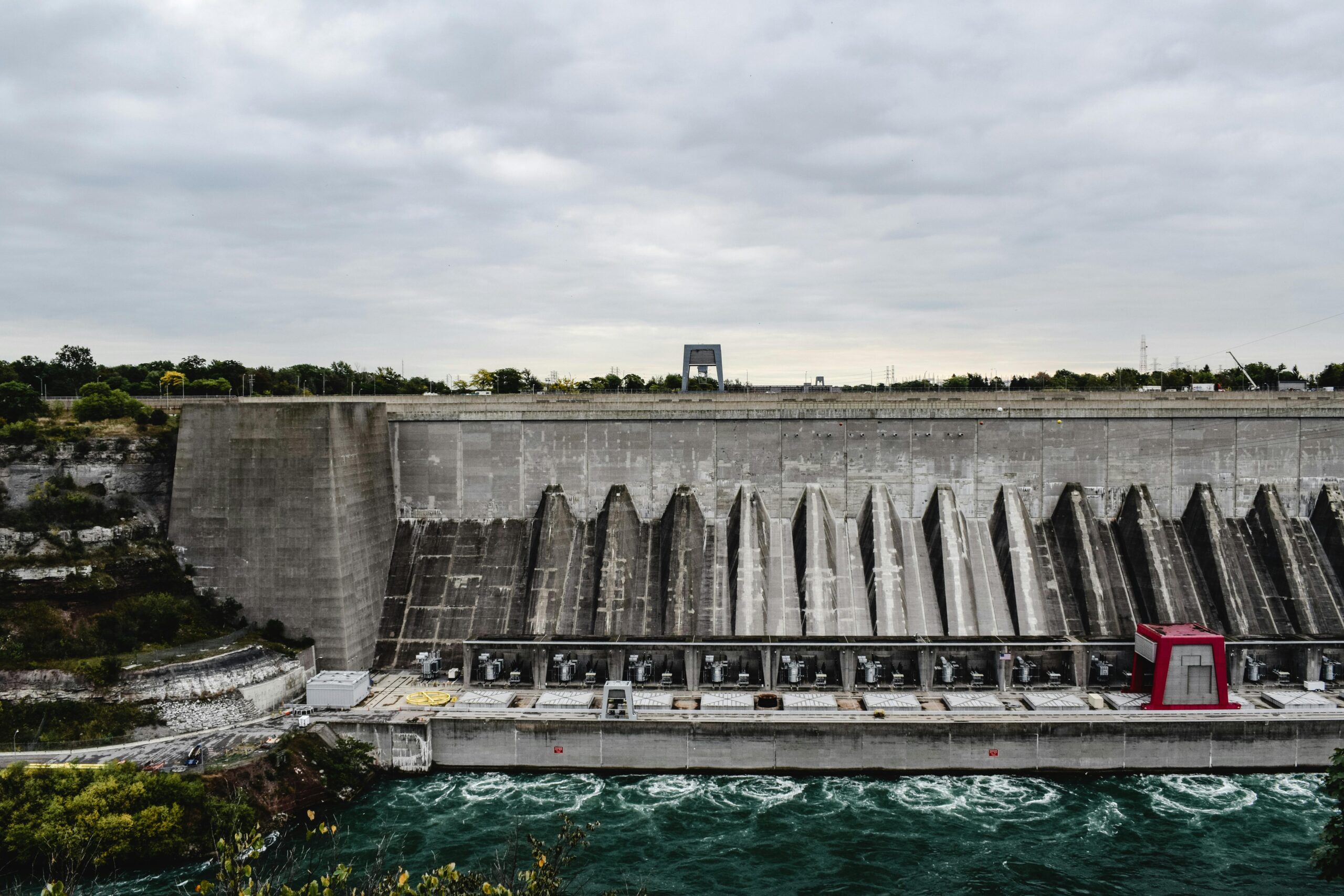

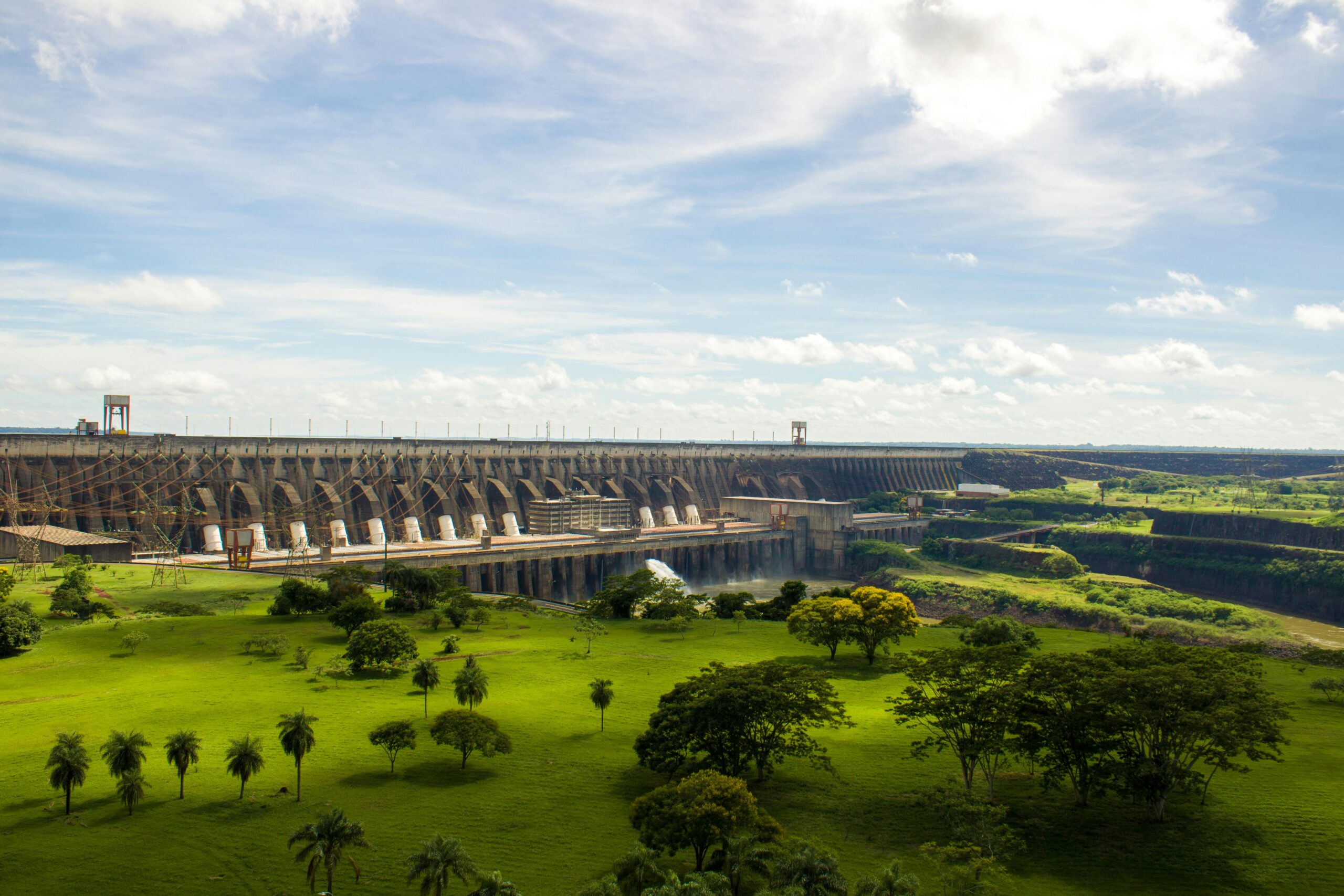

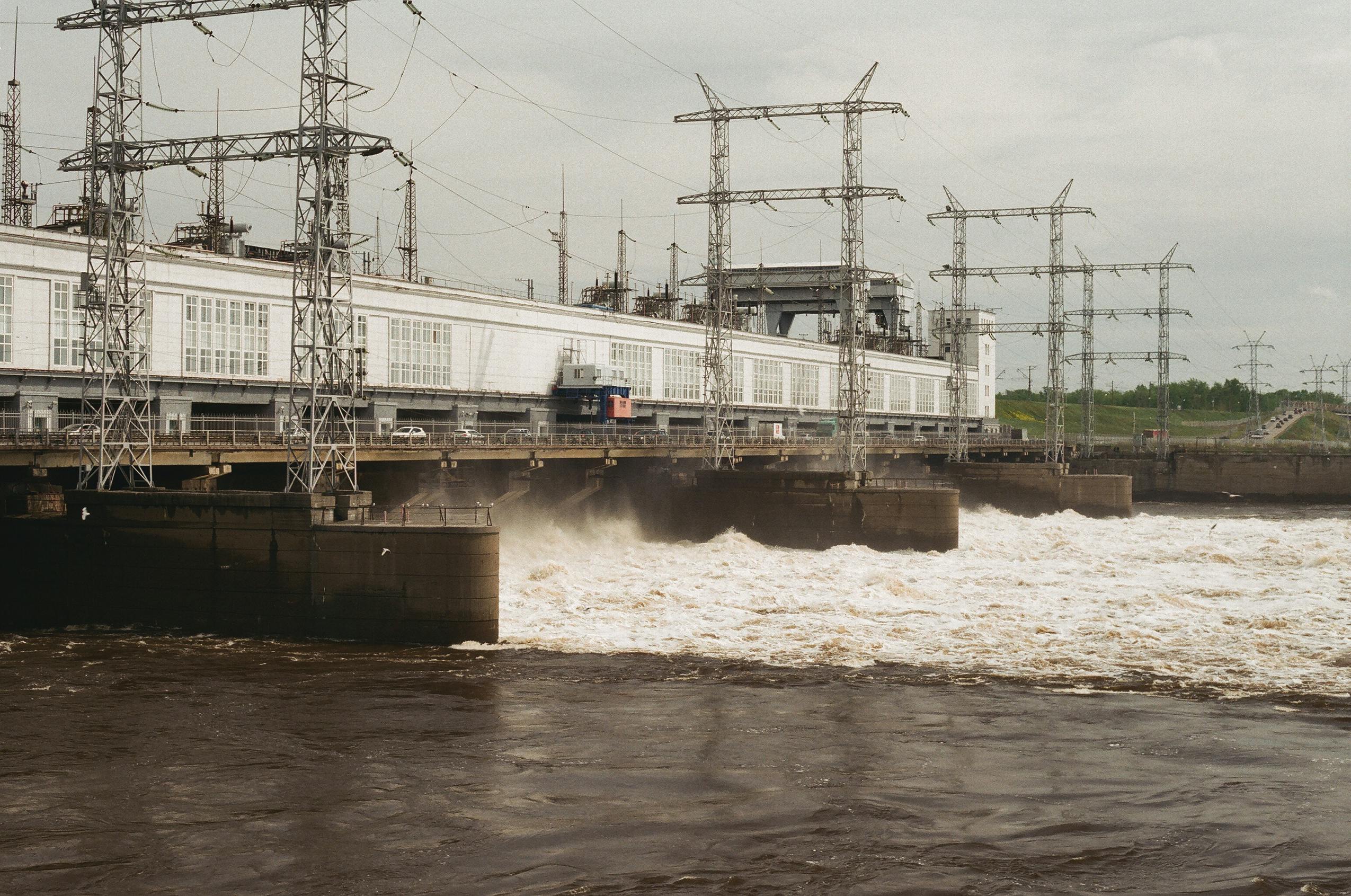
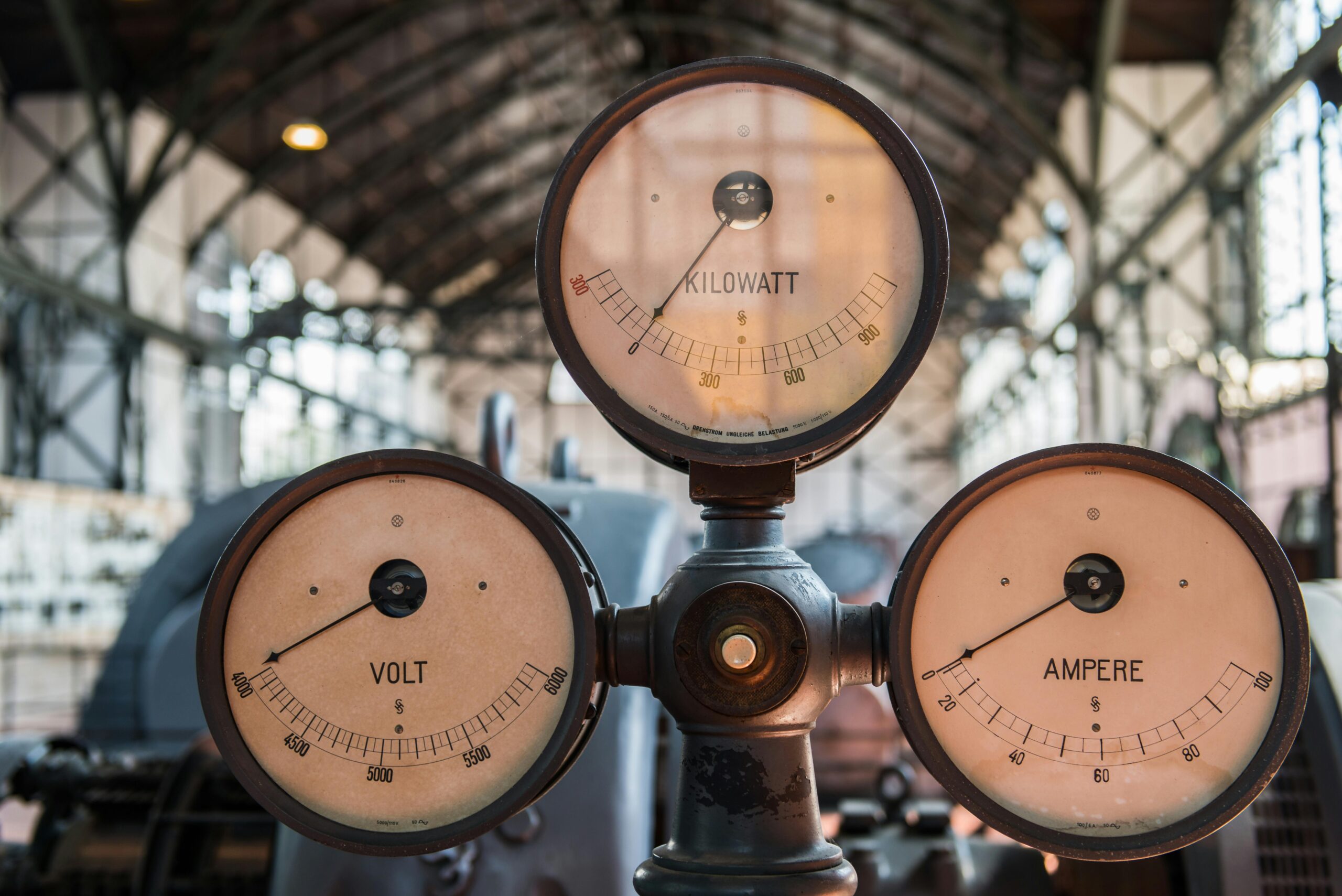
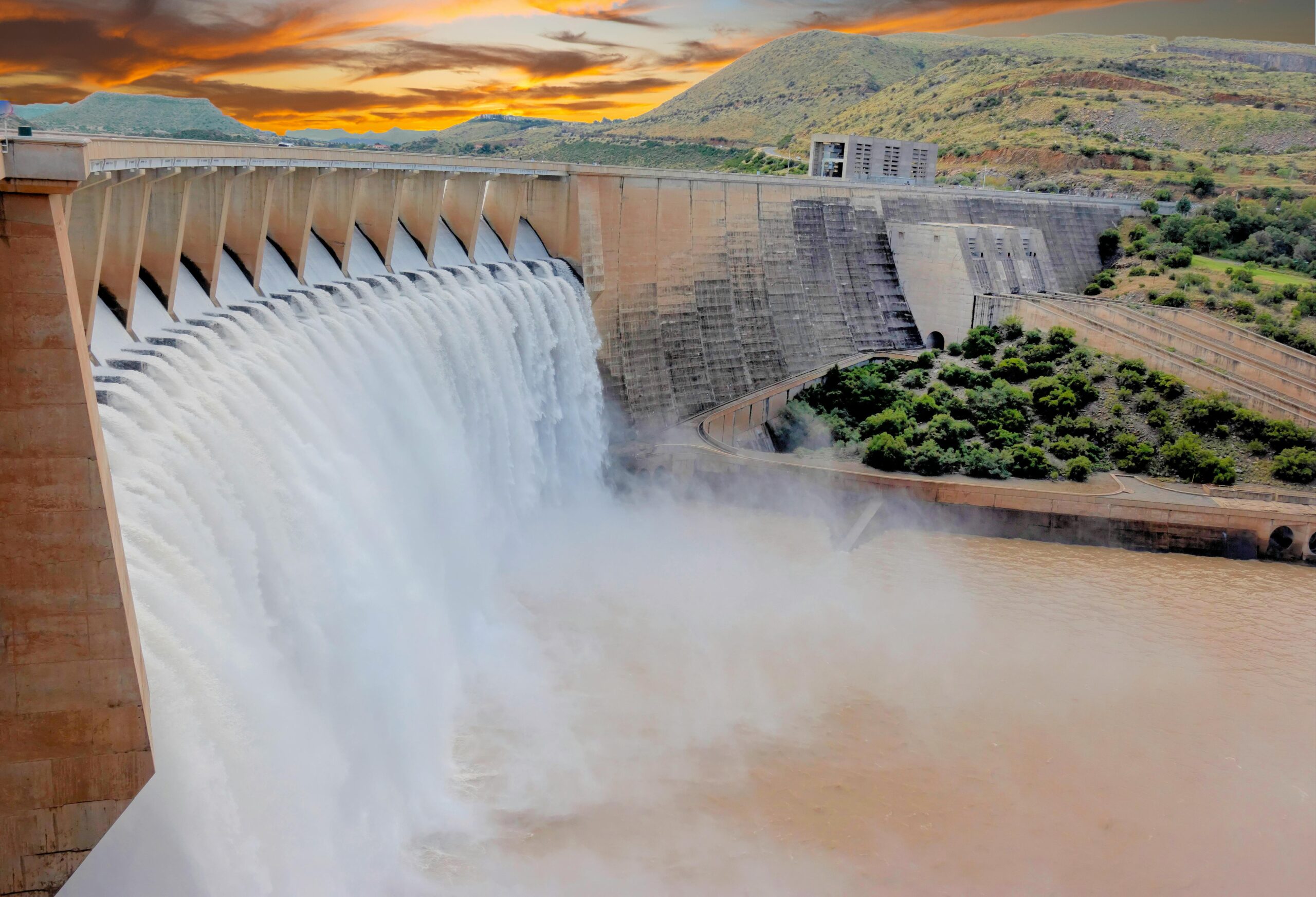
Leave a Comment